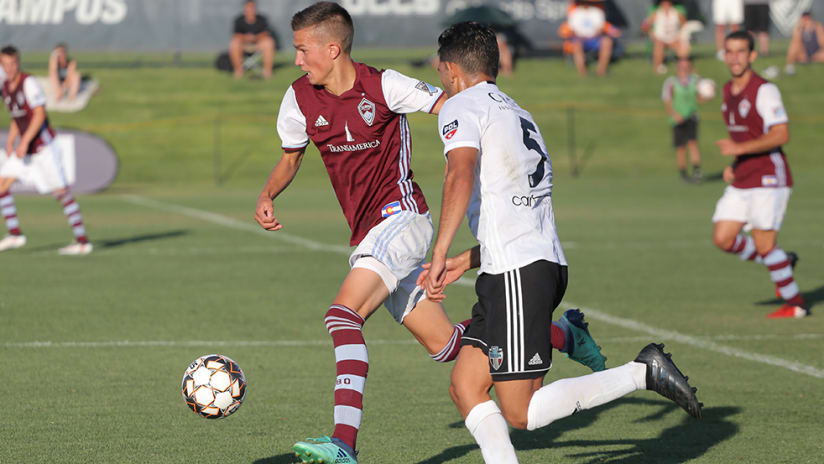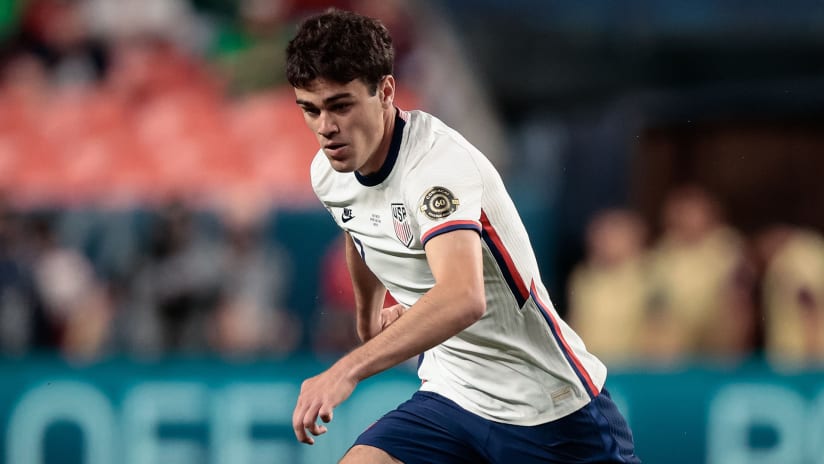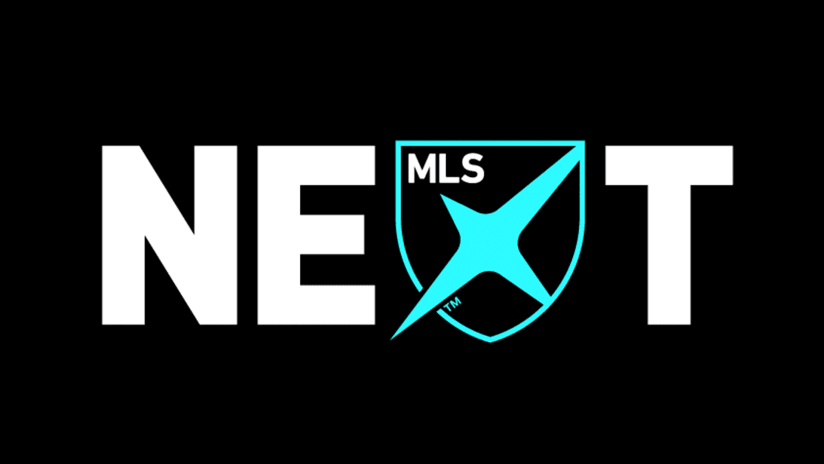As most of us have learned over the past six months, just getting by during a global pandemic can prove difficult and stressful. So for the architects of MLS NEXT, designing and launching a new elite youth development platform during the COVID-19 age has been a particularly tricky endeavor – and continues to be as the league opens play this weekend.
A quick glance at the opening weekend’s schedule hints at the complications, starting with the simple fact that it’s short. While MLS NEXT has 113 member clubs across Canada and the United States, only a fraction of them will take the field in week No. 1, with large swathes of the West Coast and Midwest not involved yet.
That’s because of the patchwork quilt of quarantines, shutdowns and other restrictions in states, provinces and municipalities across the continent. They pose a dizzying array of conditions affecting whether youth soccer teams can play matches, conduct training sessions or even gather in groups at all.
“So there's a lot of challenges, right?” said Chicago Sockers FC academy director David Richardson. “But the idea is that we're building out, let's say, a programming backstage that we can implement within the different areas of the country based on what's allowable, and most importantly, what's going to be safe for the players and for the families.”
Some teams are already back to something approaching a normal routine. The Philadelphia Union’s academy teams are cleared for full activities and have posted a fall schedule with games scheduled all the way to December, albeit only along the I-95 corridor from New Jersey to Northern Virginia.
The San Jose Earthquakes’ kids, conversely, were only this week cleared to begin small-group training sessions, and may experience further disruptions due to the wildfires blanketing their region in lung-searing smoke and ash.
Some teams can practice and play locally, but can’t cross state lines. Some fields are available for normal use, while others nearby are closed. And for most, coronavirus mitigation efforts effectively render flights and overnight trips a non-starter, as with most of the MLS matches happening at present.
So MLS NEXT’s decision-makers have been pragmatic and resourceful, working with member clubs to navigate their particular situations and construct regionalized schedules with matches within reasonable driving distance for the away sides.
“We are going to be very flexible to adjust and to provide over the next five, six months the kind of customized way to play, to keep the kids active, keep developing as much as possible in terms of competition,” said MLS technical director of Youth Development Fred Lipka. “And to not complain, but to be reactive and proactive to find a way to play. That's not the easiest way, but I think it's the best way to keep everyone committed.
“The easiest way would be to say, ‘Oh, let's not play, let's only train,’ but that's not exactly our way of thinking,” he added. “We are more, ‘Let's do it. Let's do it. There is momentum and we have to do this.’ Everyone in every single area of the country, it’s tough for us, but I think it’s not time to complain. It's time to act, be in motion.”
In some cases, multiple MLS NEXT games will be arranged at a central venue that’s accessible for multiple clubs in a given region. Gavin Taylor, head of soccer operations at Northern California club Napa United, explained the concept in a recent conversation with MLSsoccer.com.
“We may get access to the Memorial Stadium here in Napa and be able to play games,” he said. “And maybe we're the only team that can host games, and we work with the clubs and say, [Sacramento] can come and play De Anza, and Silicon Valley can come and play Napa and San Jose Earthquakes can come and play Ballistic.
“And people have just got to be prepared to work together. You know the adage of, ‘It takes a village to raise a child’? I think it takes a huge community to create professional footballers. And I hope we can do that.”
Inevitably, this fall’s piecemeal schedule will impact the league's competitive side. A winter showcase event in a warm-weather locale like in the old U.S. Soccer Development Academy appears difficult to pull off. Even the Generation adidas Cup, the biggest event on the MLS academy calendar and normally held each April in Dallas, is up in the air.
“There will be standings, but I think that this first fall won’t lead in a playoff or showcase moment in December,” said Lipka, who suggested that a split-season structure like the Apertura/Clausura format used by Liga MX makes the most sense. “It’s still too sensitive to know if we can organize, and also without risk, such events in a part of the country.
“We have had ongoing conversations about what is possible, how to do it, how to customize, how to adjust, how to be efficient,” he explained. “This is what we have done over the last few months, and we make the decision, but because it was very sensitive, we have involved a lot of our clubs. So it's kind of – it's not a democracy, but it's very collaborative and participative.”
Given how long many of MLS NEXT’s 9,000-plus youth players haven't played the game they love during the pandemic, the top concern is simply giving them a chance to compete again under safe circumstances.
“While we have long-term objectives, long-term plans and long-term initiatives,” Beachside SC (Connecticut) technical director Mickey Kydes said, “right now our goal is to try and get our kids on the field."













